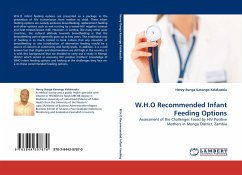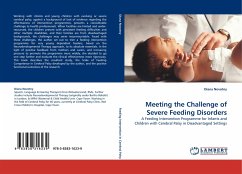The basic provision of nutrition in the critical care population has been associated with reduced length of stay and improved outcome. Often catabolic, these patients are at risk of malnutrition. Government bodies advise and expect those requiring mechanical ventilation during critical illness to be enterally fed wherever possible. Cardiac arrest victims treated with neuroprotective therapeutic hypothermia often encounter the postponement of enteral feed until normothermia is restored. This is due to a lack of research evidence surrounding the ability for a hypothermic patient to absorb feed formulas. This is the first known study that sought to identify what percentage of feed could be tolerated by cooled victims of cardiac arrest during three distinct phases of therapeutic hypothermia. This included 24 hours at target temperature (32-34°C), 24 hours rewarming to 36.5°C and 24 hours maintained at a core temperature below 37.5°C. A retrospective, longitudinal cohort design was implemented to study a sample admitted to a critical care unit in a South West District General Hospital. A purposive sample of 55 patients was identified.
Bitte wählen Sie Ihr Anliegen aus.
Rechnungen
Retourenschein anfordern
Bestellstatus
Storno








